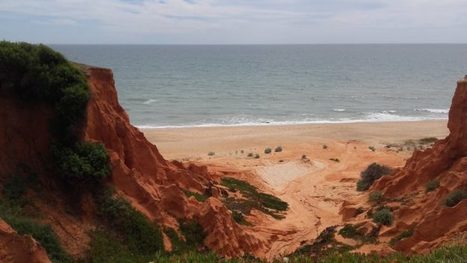Créée par la Commission européenne, la plateforme côtière de Copernicus sert de point d'accès unique aux connaissances et aux applications de Copernicus sur le climat, les océans, les terres et les urgences, l'accent étant mis sur les régions côtières de l'Europe.
Research and publish the best content.
Get Started for FREE
Sign up with Facebook Sign up with X
I don't have a Facebook or a X account
Already have an account: Login
Revue de presse et du net par le Pôle de partage des connaissances S&T de l'Office français de la biodiversité
Curated by
DocBiodiv
 Your new post is loading... Your new post is loading...
 Your new post is loading... Your new post is loading...
|
|














via @SamCohenSalmon